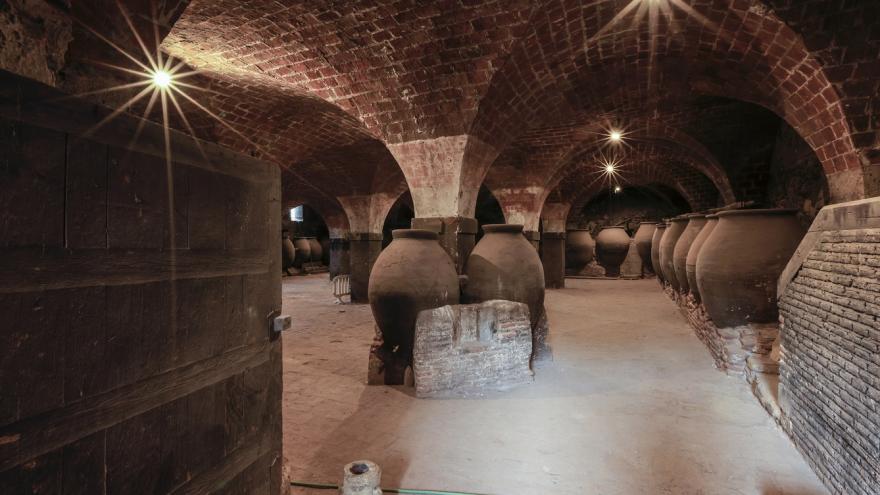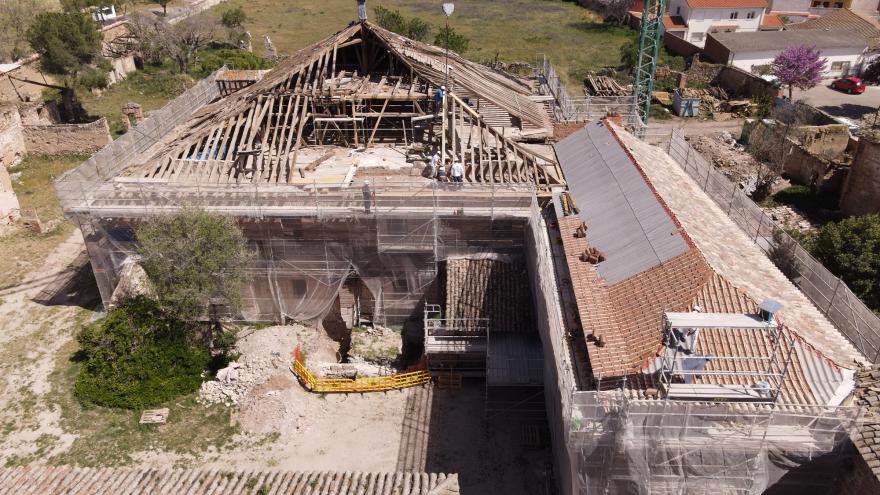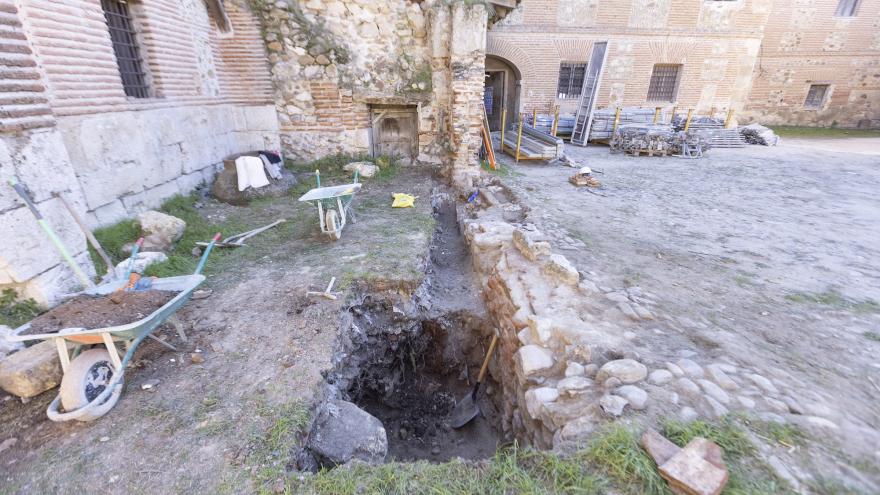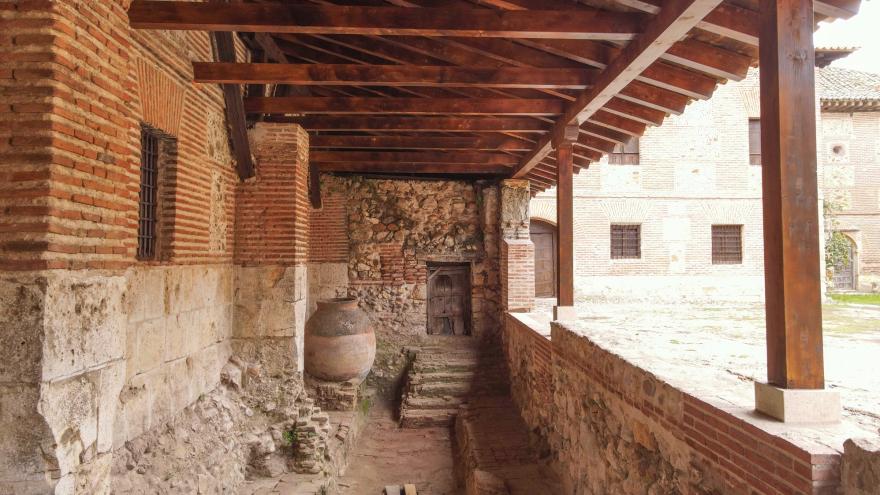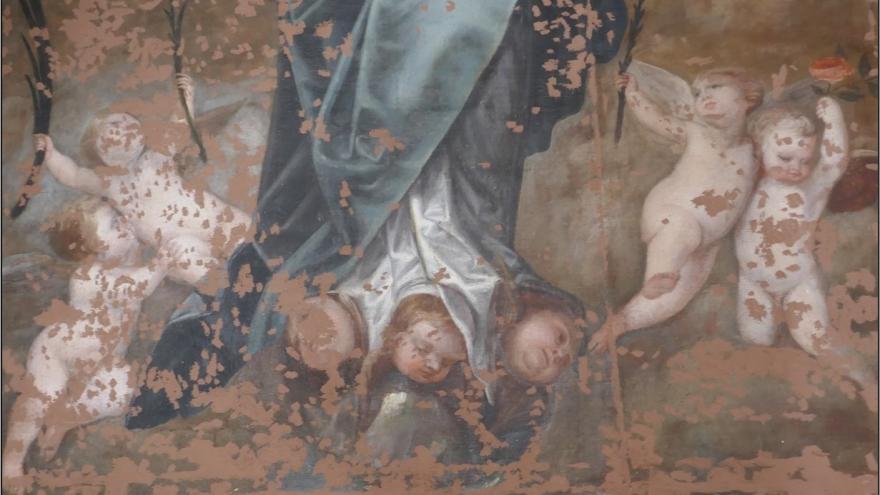


Restoration of the central building of La Cartuja de Talamanca de Jarama
Complex built in the 17th century declared as a Site of Cultural Interest.
The set of The Charterhouse It was built in the XNUMXth century, taking advantage of the defensive layout that surrounded the urban nucleus. In this way, a large part of its wall was built on the foundations of the original wall. Actually, until the archaeological work prior to the restoration of the northern section of the wall was carried out, it was not possible to confirm the power of this enclosure, which today presents seven new towers and more than one hundred linear meters of canvases.
La Cartuja is comprised of various buildings, which were in a worrying state of conservation. For this reason, we have intervened in the covers of the central body and chapel, which were at great risk of deterioration due to the state of degradation of the structure, as well as in the facades closest to the main access to the complex and the vaults of the winery.
Institutional
restoration project
The La Cartuja complex is an extraordinary property of enormous interest. It treasures remains probably from the XNUMXth century, corresponding to the defensive remains as a Muslim military enclave, as well as its transformation into medieval defenses. In addition, it preserves a large part of the cultural memory of the installation of the Carthusian friars dependent on the Monastery of El Paular from the XNUMXth and XNUMXth centuries.
Its walls are composed of a masonry plinth or ashlars (sillarejos), on which the brick buttresses and the caissons, also made of masonry, are arranged between curbs or ceramic brick lintels, with most of the openings lined with sardineles. of brick and large wooden roofs topped with eaves to protect these facades. It is one of the best examples of architecture intended for agricultural and livestock production left in Spain.
La Cartuja consists of different buildings, which were in a worrying state of conservation. For this reason, it is carried out a first phase of intervention in which action has been taken the covers of the central building, the roof of the chapel and the roof of the cruet, which had largely collapsed, has been recovered. In this area, fragments of a jar and a door appeared above ground level.
In numerous areas of the complex, the structure showed strong deformations, wood rot and attacks by xylophagous agents. The floors under the roof of the central building were also in a very poor state of conservation.
The restoration of the aforementioned roofs and slabs has focused on the recovery of the maximum number of original elements, structural safety and protection against water leaks and xylophagous agents. The actions carried out have been the following:
- Dismantling of the coverings of the three decks.
- Restoration and repair of the roof structures, as well as the recovery of the collapsed part of the roof of the cruet on the West façade of the Central Building. The eight attics that the building had have been recovered.
- Decking, waterproofing and tile coverings.
- Lead and eaves work, for correct evacuation of roof water.
- Restoration of the front facades of the central building and that of the chapel, as well as the wooden carpentry and metal grilles of its openings.
- La restoration of the winery vaults, which were covered in paint due to their appearance in film shoots, consisted of recovering the original brick. To do this, cryogenic cleaning has been carried out, which is a cleaning technique that uses CO2 in a solid state in the form of particles.
From the archaeological point of view, the work has included the following performances:
- Excavation of the west atrium (Vinagrera building) to locate the closing wall, and adaptation of its crown to receive the right feet on which its roof rests. When excavating this area, the original pavements of this Vinagrera building, annexed to the Central Building, and two longitudinal benches on which large jars approximately 1,50 m high were supported were discovered.
- A staircase has also been exposed that connects the pavement of the Vinagrera with a door that was half buried.
These recovered elements have great value within the La Cartuja complex and once brought to light they will be subject to restoration soon.



